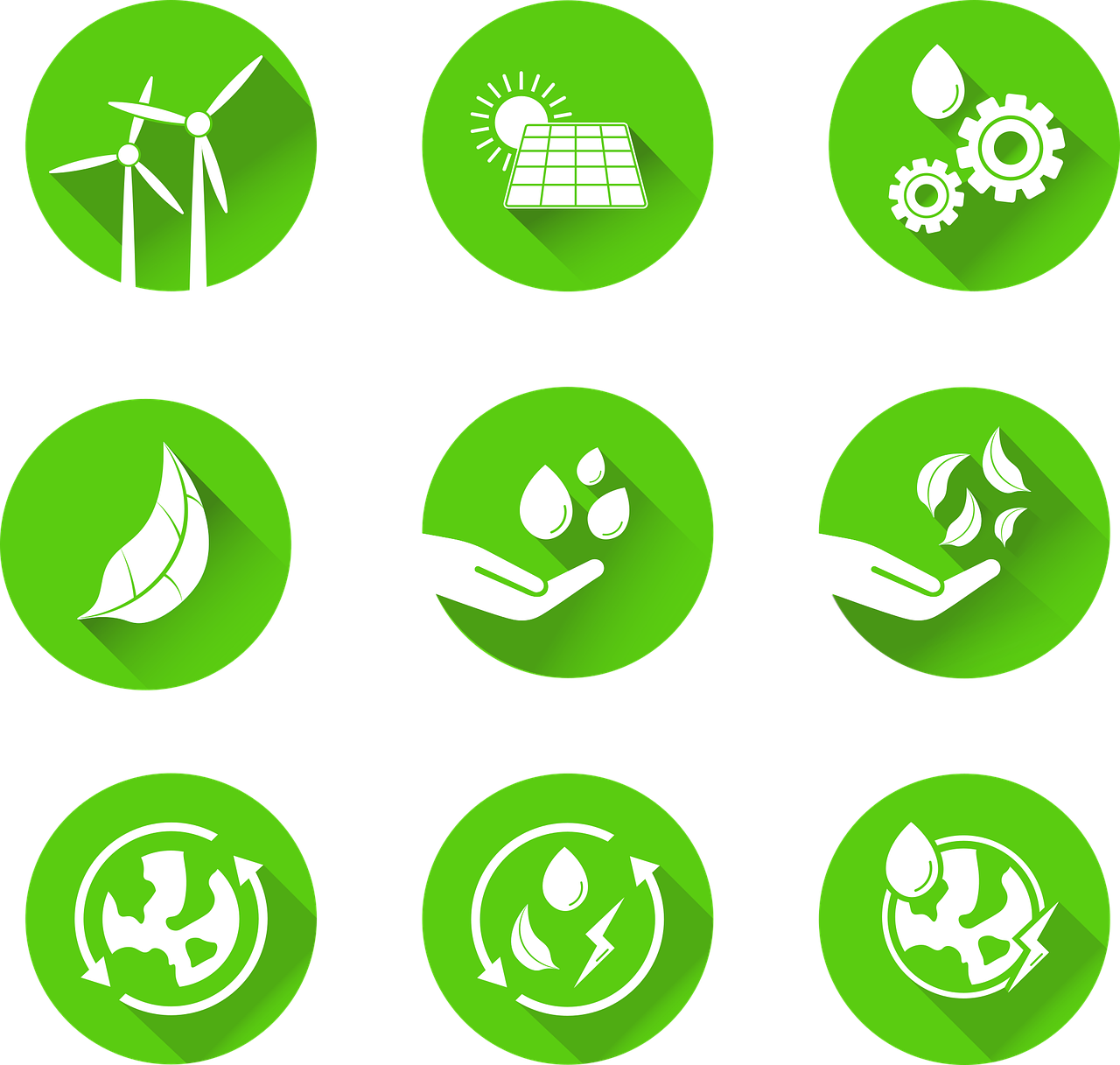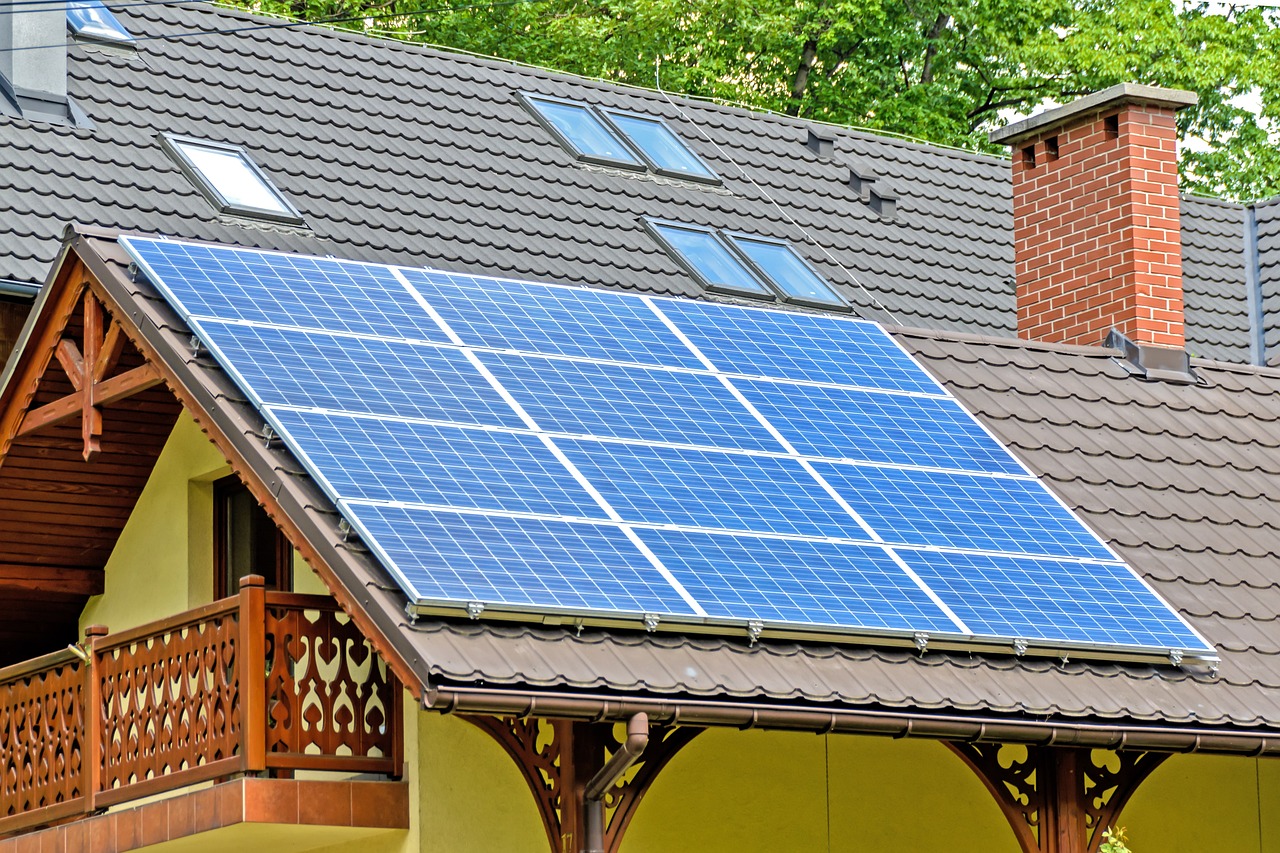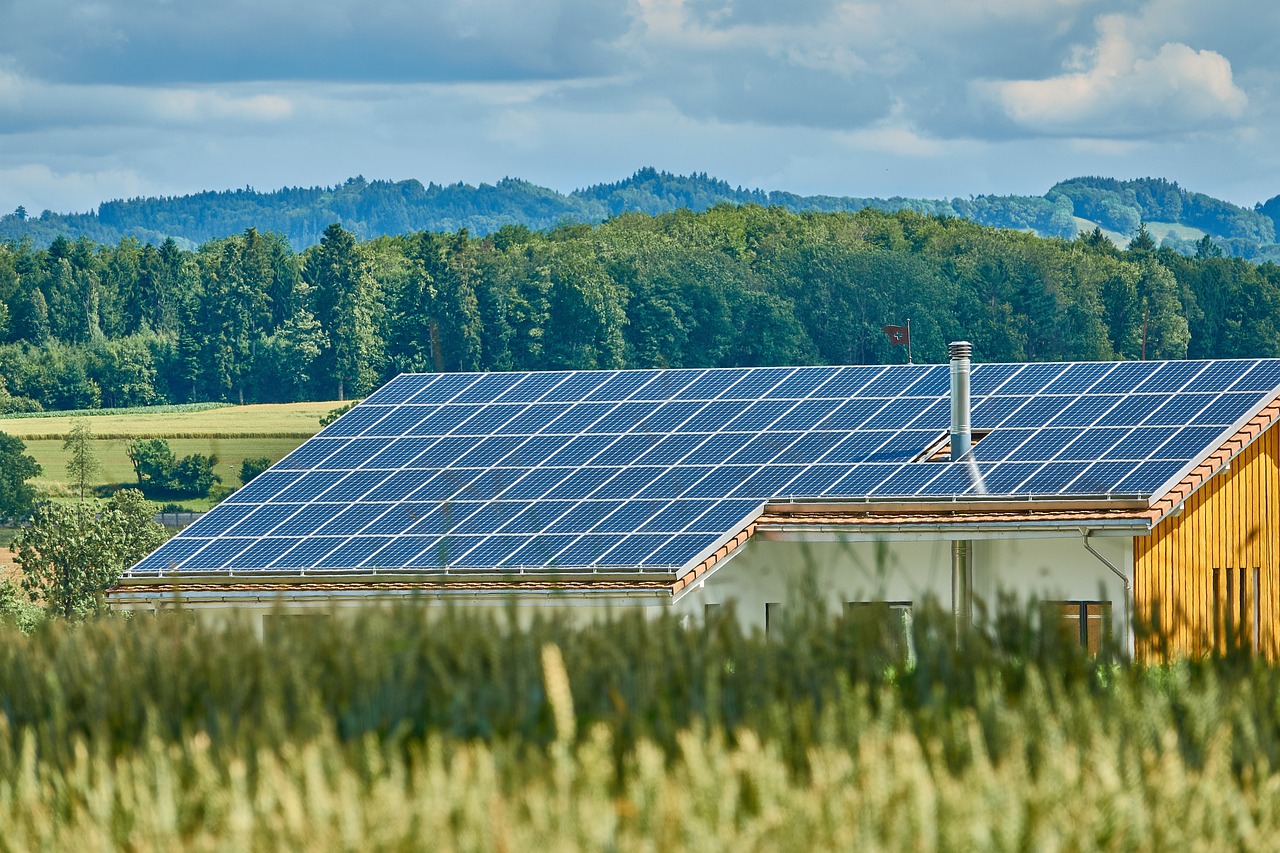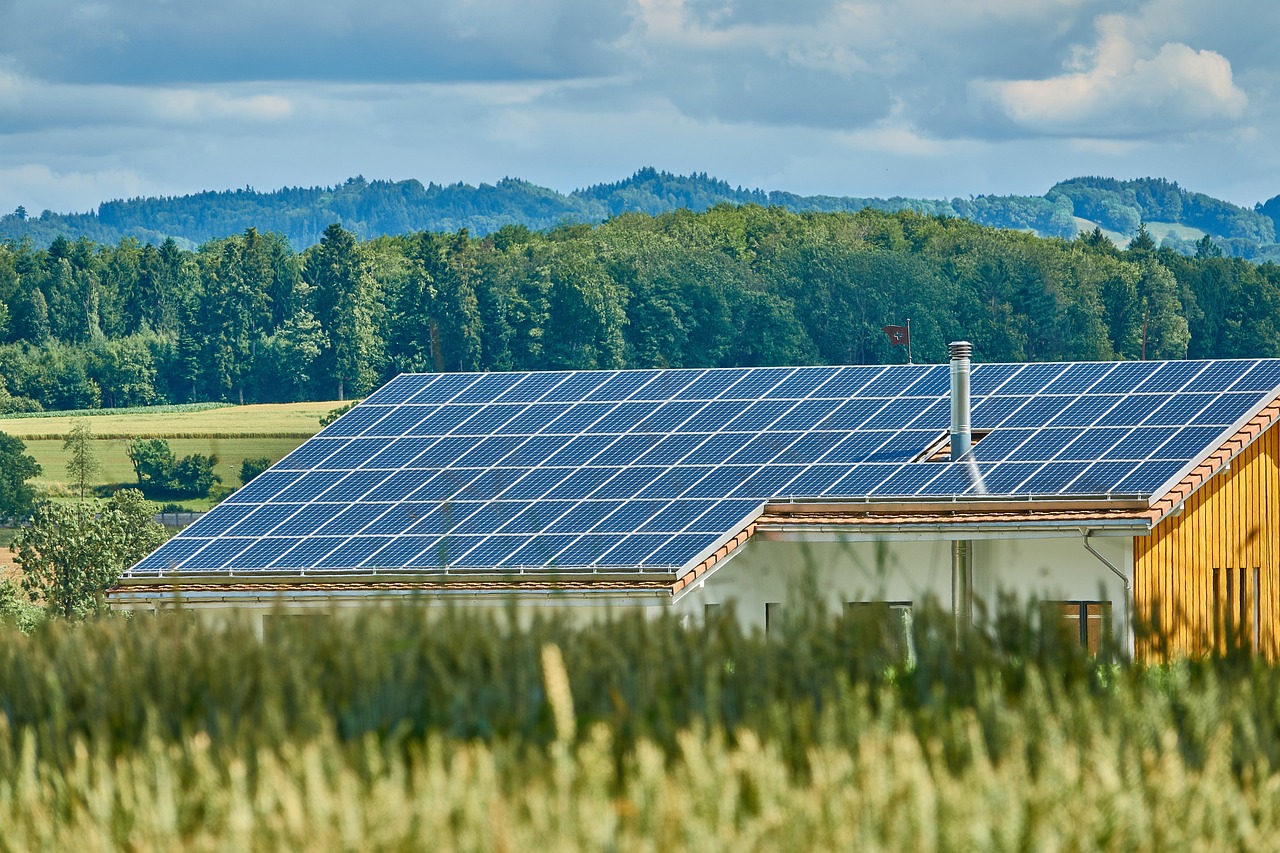If you’re considering installing solar panels on your home, you may have come across different types: monocrystalline, polycrystalline, and thin-film solar panels. But what exactly sets these types apart? Understanding these differences is crucial in determining which option is best for your needs. In this article, we’ll break down the distinctions between monocrystalline, polycrystalline, and thin-film solar panels, helping you make an informed decision about harnessing the power of the sun for your home and reaping the benefits of renewable energy.

Monocrystalline Solar Panels
Definition
Monocrystalline solar panels are a type of photovoltaic panel that uses single-crystal silicon to generate electricity from sunlight. These panels are made up of a single crystal structure, which gives them a distinct appearance.
Composition
Monocrystalline solar panels are made using high-purity silicon. The silicon is melted and then solidified to form a cylindrical ingot. The ingot is then sliced into thin wafers, which are used to create individual solar cells. These cells are then interconnected to form a complete monocrystalline solar panel.
Efficiency
One of the key advantages of monocrystalline solar panels is their high efficiency. Due to the uniform crystalline structure, these panels can convert a larger percentage of sunlight into electricity compared to other types of solar panels. Monocrystalline panels typically have an efficiency rate of 15-20%, making them an excellent choice for those looking for maximum power output from their solar system.
Appearance
Monocrystalline solar panels have a distinctive appearance, with a uniform dark color and rounded edges. The single-crystal structure gives them a sleek, clean look that many homeowners find visually appealing. These panels are often used in residential installations where aesthetics play an important role.
Cost
While monocrystalline solar panels offer high efficiency and a sleek appearance, they tend to be more expensive compared to other types of solar panels. The manufacturing process involved in creating single-crystal silicon drives up the production costs, making these panels pricier. However, the long-term energy savings and durability of monocrystalline panels often justify the higher upfront cost.
Polycrystalline Solar Panels
Definition
Polycrystalline solar panels, also known as multicrystalline panels, are another popular type of solar panel. These panels are made up of multiple silicon crystals rather than a single crystal structure.
Composition
Polycrystalline solar panels are made using silicon fragments melted together to form a square or rectangular ingot. This molten silicon is poured into a mold and then cooled to create a solid block. The block is then cut into wafers, similar to monocrystalline panels, but the multiple crystal structure distinguishes them.
Efficiency
Polycrystalline solar panels are slightly less efficient compared to monocrystalline panels. The presence of multiple crystals can result in lower efficiency rates, typically ranging from 13-17%. However, advancements in technology have narrowed the efficiency gap between monocrystalline and polycrystalline panels in recent years.
Appearance
Polycrystalline solar panels have a unique appearance characterized by a mosaic-like pattern. This pattern consists of multiple shades of blue due to the different crystal orientations within the panel. While some homeowners find the patchwork look appealing, others may prefer the uniform appearance of monocrystalline panels.
Cost
One of the advantages of polycrystalline solar panels is their lower cost compared to monocrystalline panels. The manufacturing process used to create polycrystalline panels is simpler and requires less energy, resulting in reduced production costs. This cost advantage makes polycrystalline panels an attractive option for budget-conscious consumers.
Thin-film Solar Panels
Definition
Thin-film solar panels, as the name suggests, are much thinner and more flexible compared to their crystalline counterparts. These panels are made by depositing a thin layer of semiconductor material onto a substrate.
Composition
Thin-film solar panels can be made using different semiconductor materials like amorphous silicon, cadmium telluride, or copper indium gallium selenide (CIGS). These materials are deposited onto a substrate such as glass, plastic, or metal foil. The thin-film layer is then protected with a top layer to ensure durability.
Efficiency
Thin-film solar panels generally have lower efficiency rates compared to crystalline panels. While monocrystalline and polycrystalline panels have efficiencies of around 15-20% and 13-17% respectively, thin-film panels typically have efficiencies in the range of 7-12%. However, thin-film panels have other advantages that make them suitable for certain applications.
Appearance
Thin-film solar panels have a sleek and minimalist appearance due to their thin and flexible nature. These panels can be integrated seamlessly into various surfaces, such as building facades or curved structures, offering design versatility that is not possible with traditional rigid panels.
Cost
Thin-film solar panels are often more cost-effective to produce compared to crystalline panels. The manufacturing process for thin-film panels is less complex and requires fewer raw materials. Additionally, their flexibility allows for easier installation in non-traditional settings. However, the lower efficiency means that more space is required to generate the same amount of power as crystalline panels.
Advantages
Monocrystalline Solar Panels
- High efficiency: Monocrystalline solar panels offer the highest efficiency rates among all types of solar panels, ensuring maximum power output.
- Sleek appearance: The uniform dark color and smooth edges of monocrystalline panels make them visually appealing for residential installations.
- Long lifespan: Monocrystalline panels are known for their durability and can last for several decades with proper maintenance.
Polycrystalline Solar Panels
- Lower cost: Polycrystalline solar panels are more affordable compared to monocrystalline panels, making them an attractive option for those on a budget.
- Good temperature tolerance: Polycrystalline panels perform better than monocrystalline panels in high-temperature conditions, making them suitable for certain climates.
- Rapid manufacturing process: The simpler production method used for polycrystalline panels results in faster manufacturing, allowing for quicker availability.
Thin-film Solar Panels
- Flexibility: Thin-film solar panels are lightweight and can be bent and curved, making them suitable for applications where rigid panels are not feasible.
- Versatility: These panels can be seamlessly integrated into architectural elements, allowing for innovative and aesthetically pleasing designs.
- Low light performance: Thin-film panels perform better in low light conditions compared to crystalline panels, making them ideal for cloudy or shaded areas.

Disadvantages
Monocrystalline Solar Panels
- Higher cost: Monocrystalline panels are generally more expensive compared to other types of solar panels, requiring a larger upfront investment.
- Lower performance in heat: Monocrystalline panels may experience a slight drop in efficiency in high-temperature environments, affecting their overall performance.
- Prone to shading effects: If even a small portion of a monocrystalline panel is shaded, it can significantly impact the overall power output of the system.
Polycrystalline Solar Panels
- Lower efficiency: Polycrystalline panels have slightly lower efficiency rates compared to monocrystalline panels, resulting in a slightly reduced power output.
- Blue appearance: The mosaic-like blue pattern of polycrystalline panels may not be visually appealing to all homeowners.
- Larger footprint: Due to lower efficiency, more polycrystalline panels are required to generate the same amount of power as monocrystalline panels.
Thin-film Solar Panels
- Lower efficiency: Thin-film panels have the lowest efficiency rates among the three types, resulting in the need for larger surface areas to generate the desired amount of electricity.
- Shorter lifespan: Thin-film panels tend to have a shorter lifespan compared to crystalline panels, requiring replacement sooner.
- Susceptible to damage: The thin and flexible nature of thin-film panels makes them more susceptible to damage from external forces, such as hail or strong winds.
Application
Residential Use
Solar panels are becoming increasingly popular for residential use, providing homeowners with a sustainable and cost-effective source of electricity. For residential installations, monocrystalline and polycrystalline solar panels are commonly used due to their efficiency and aesthetic appeal. These panels can be mounted on rooftops or installed as part of integrated solar systems.
Commercial Use
Commercial buildings, including offices, factories, and retail spaces, can benefit from solar energy as well. Both monocrystalline and polycrystalline solar panels are installed on commercial premises, providing a clean and renewable energy source. The design versatility of thin-film panels also makes them suitable for commercial applications, where unique and customized designs may be required.

Environmental Impact
Manufacturing Process
The manufacturing processes of solar panels, regardless of type, have some environmental impact. The production of crystalline silicon involves high-energy consumption and the use of certain chemicals. However, efforts are being made to reduce the environmental footprint through advancements in manufacturing technologies and recycling initiatives.
End-of-Life Disposal
Solar panels have a long lifespan, but eventually, they will need to be replaced. The disposal of solar panels presents an environmental challenge. Proper recycling and disposal methods are essential to prevent the release of hazardous materials. It is important to choose manufacturers and installers who prioritize responsible end-of-life management.
Conclusion
Choosing the Right Solar Panel
When choosing a solar panel type, it is important to consider factors such as efficiency, appearance, and cost. Monocrystalline solar panels are ideal for those seeking high efficiency and a sleek appearance, but they come at a higher cost. Polycrystalline panels offer good performance at a lower cost, while thin-film panels provide versatility and unique design possibilities.
Considering Your Budget
Your budget is an important consideration when investing in solar panels. While monocrystalline panels may have a higher upfront cost, they can offer better long-term energy savings. Polycrystalline panels are a more affordable option, and thin-film panels provide cost savings during the installation process due to their flexibility.
Evaluating Efficiency Needs
The desired efficiency of the solar panel system depends on individual energy needs and available space. If space is limited, higher efficiency monocrystalline panels may be preferred. On the other hand, if space is ample, polycrystalline or thin-film panels may be a more cost-effective choice, even with slightly lower efficiency rates.
FAQs
Which type of solar panel is the most efficient?
Monocrystalline solar panels are known for their high efficiency rates compared to polycrystalline and thin-film panels. However, advancements in technology have narrowed the efficiency gap, and polycrystalline and thin-film panels are now capable of providing competitive performance.
Do different solar panel types require different installation methods?
The installation methods for different solar panel types are generally similar. However, thin-film panels offer more design flexibility and can be integrated into various surfaces, requiring specialized installation techniques in some cases.
Can I mix different types of solar panels in one system?
While it is technically possible to mix different types of solar panels in one system, it is generally not recommended. Mixing panels with different efficiencies and characteristics may result in suboptimal performance and could potentially lead to reliability issues within the system. It is best to consult with a professional installer to determine the most suitable configuration for your specific needs.
